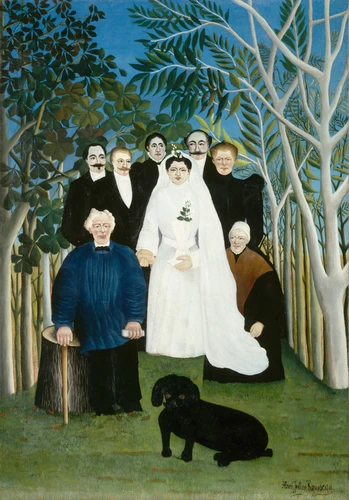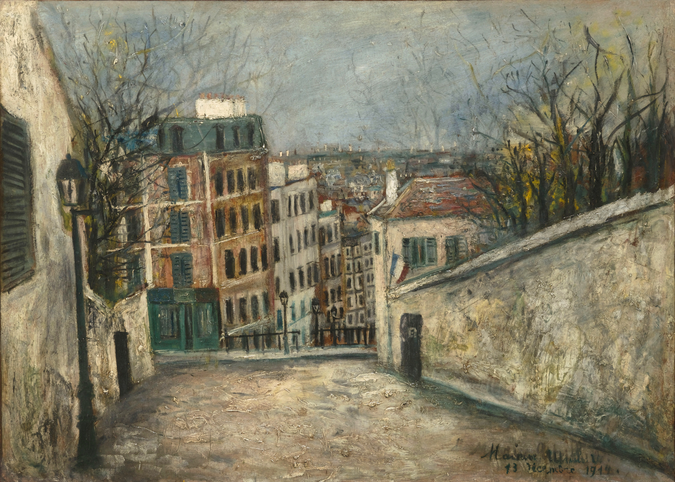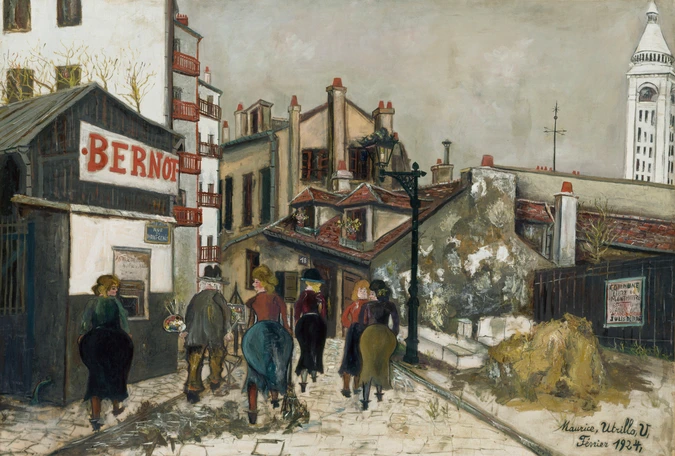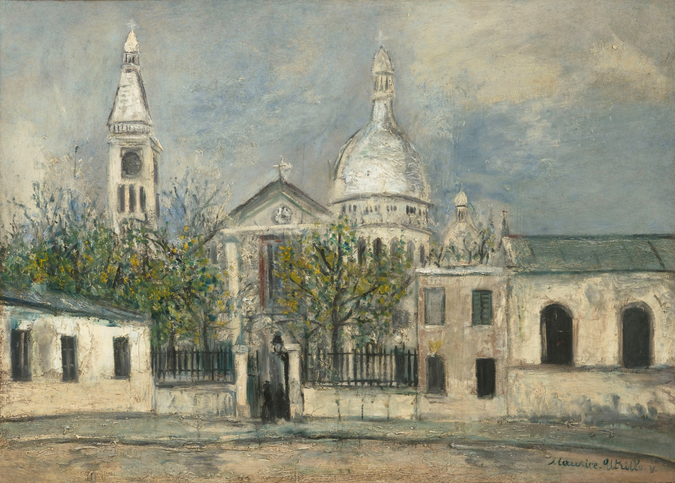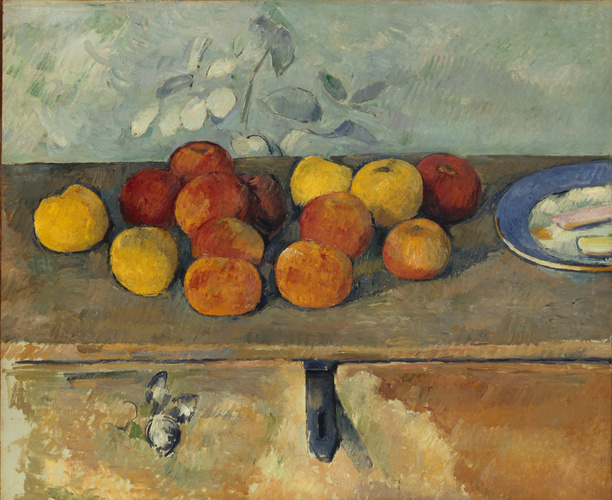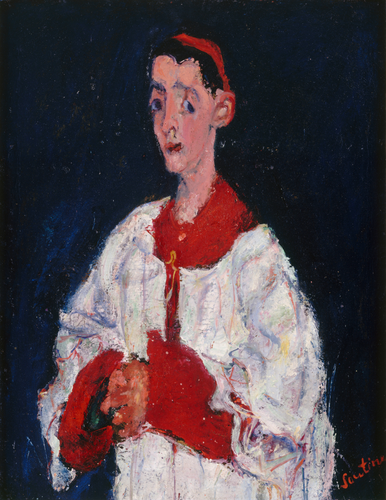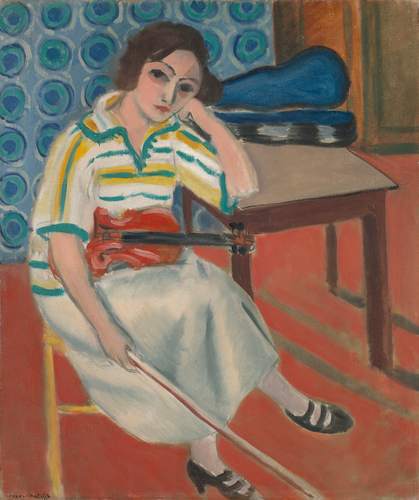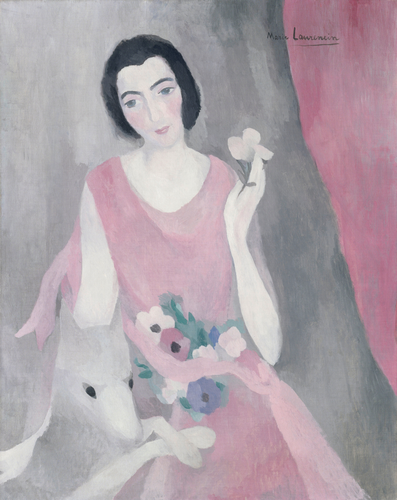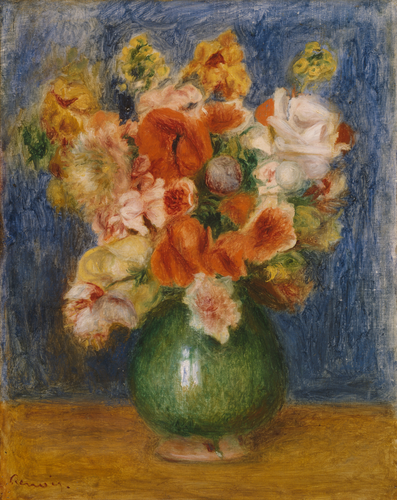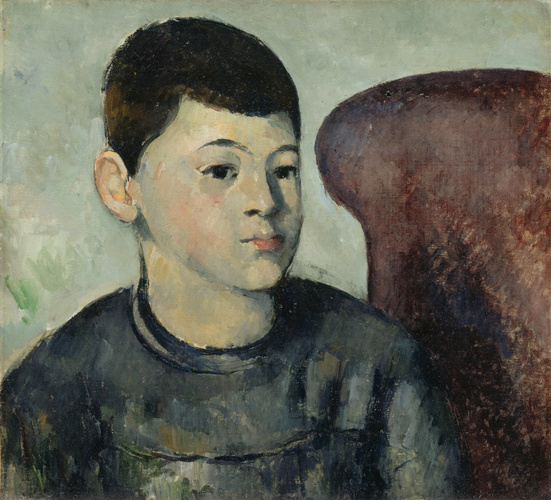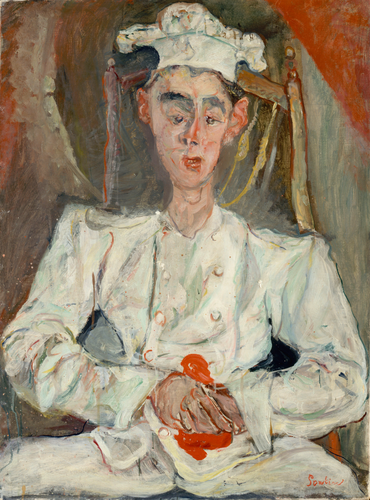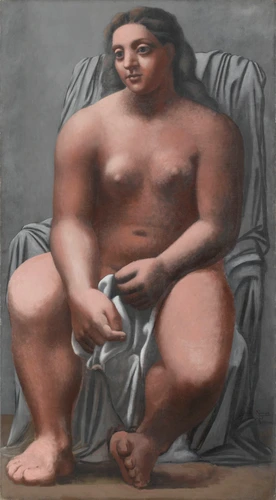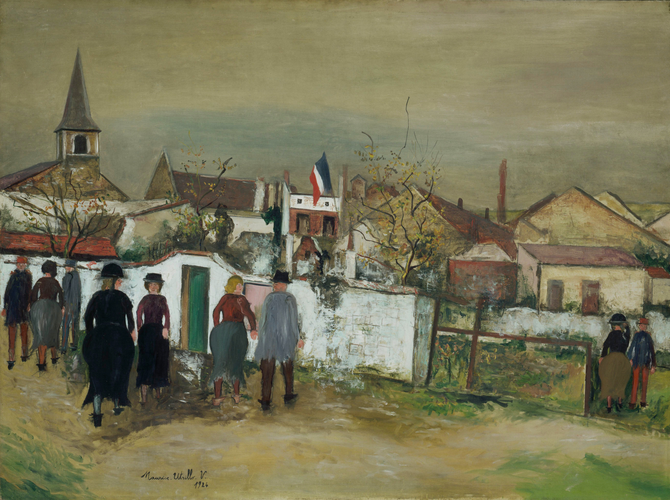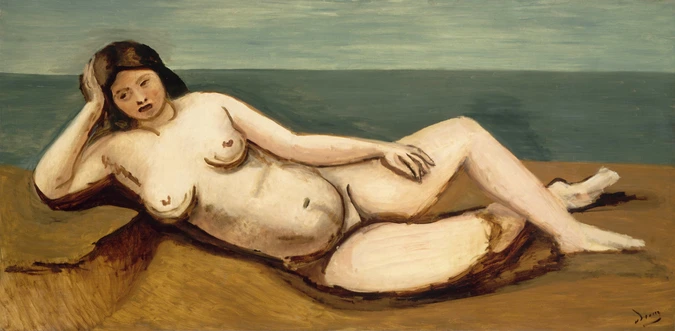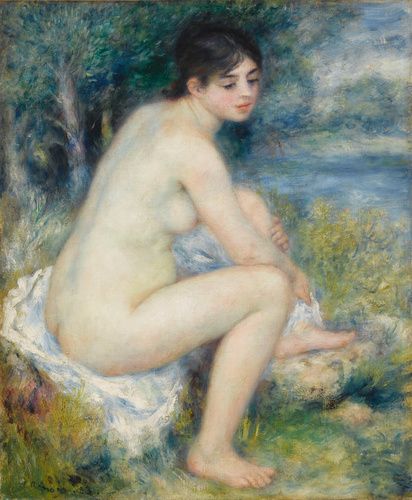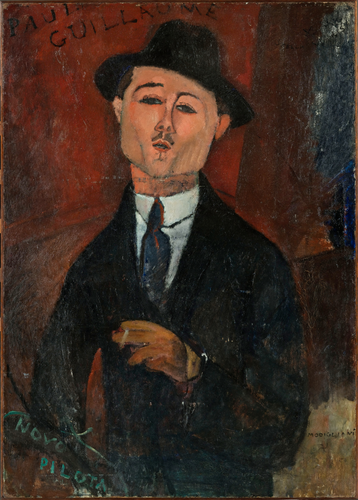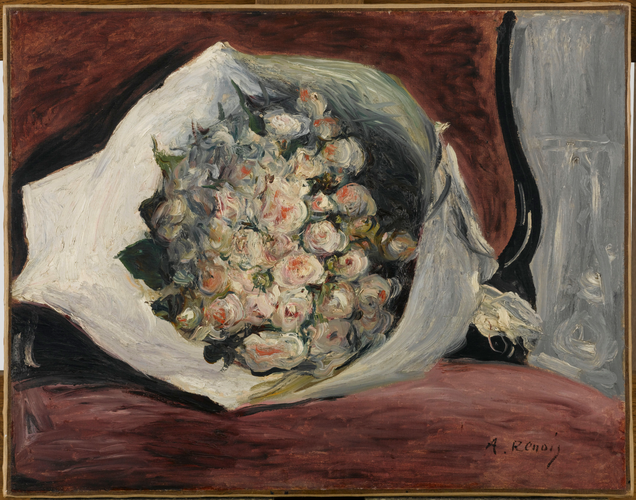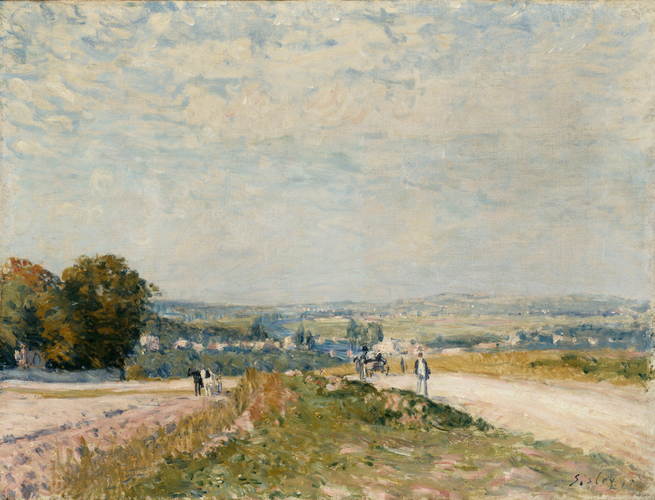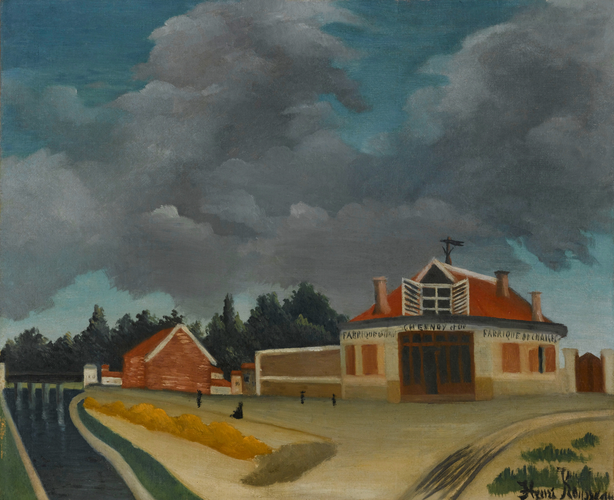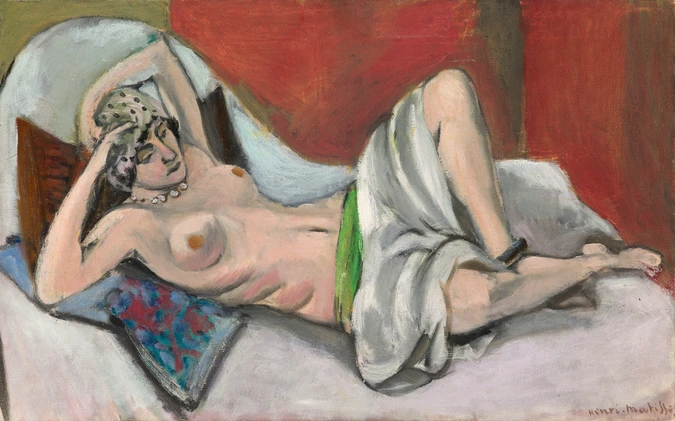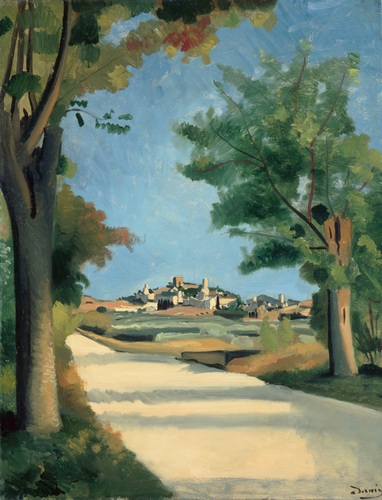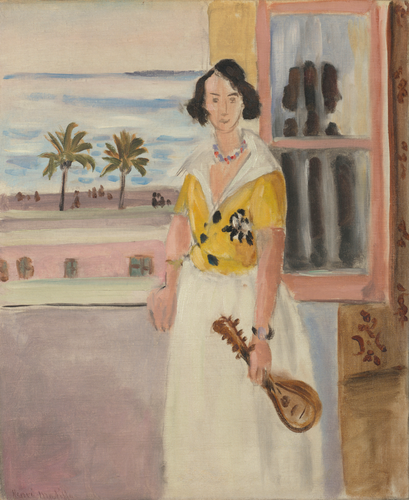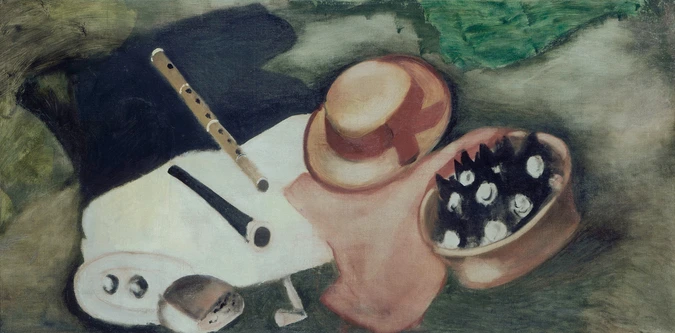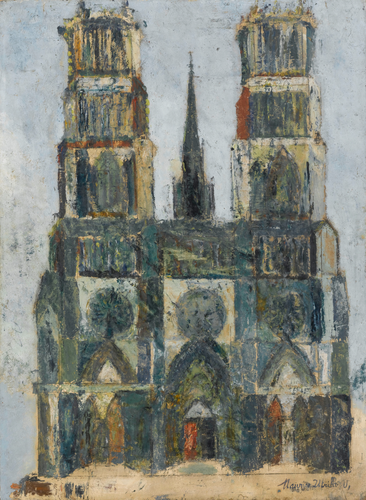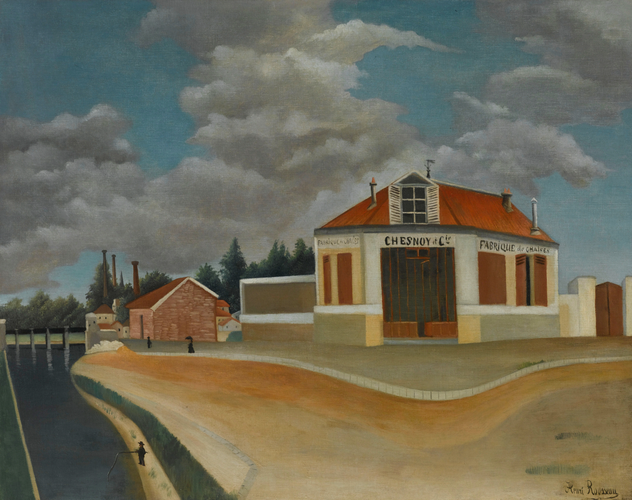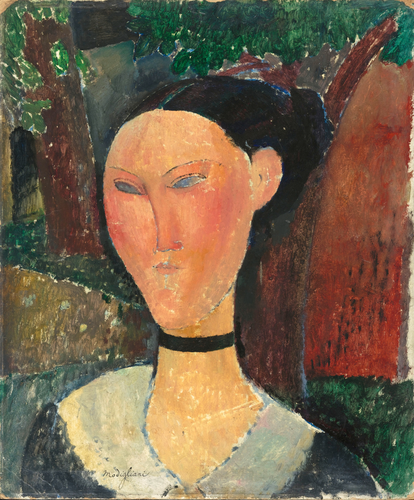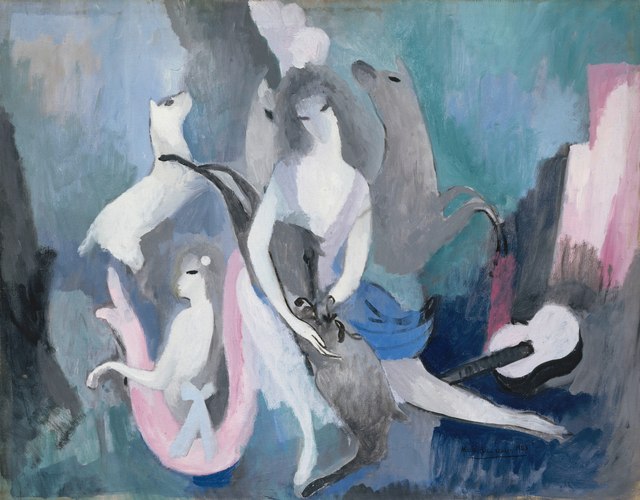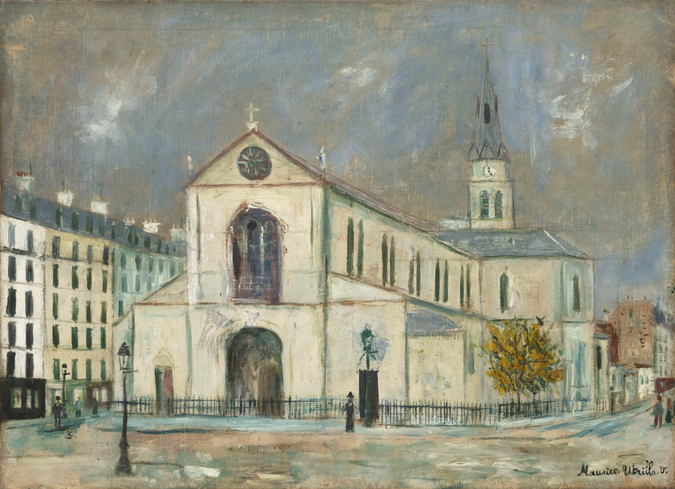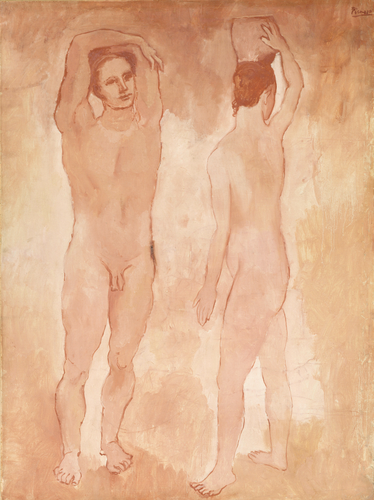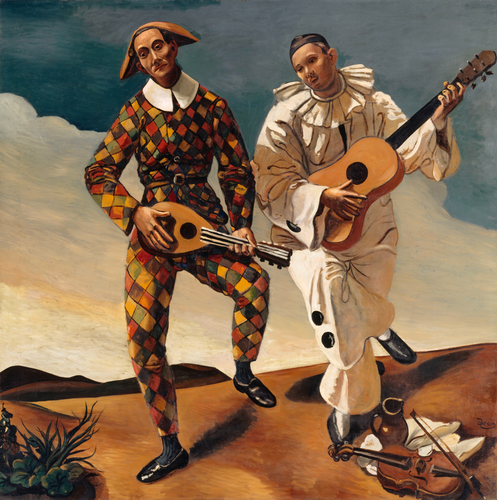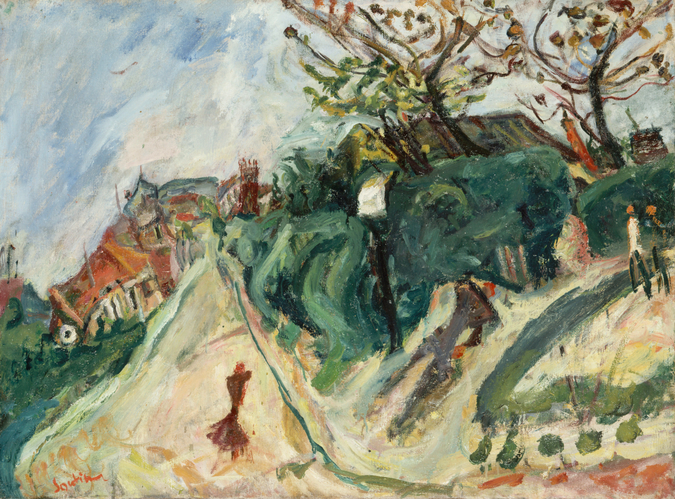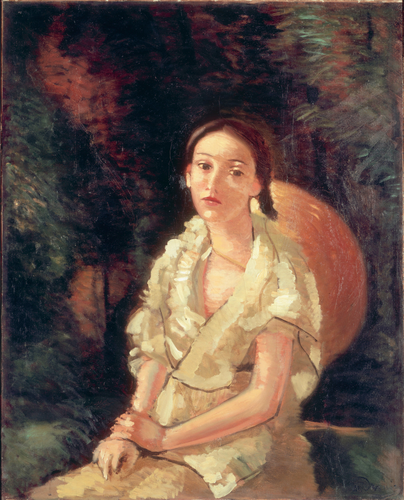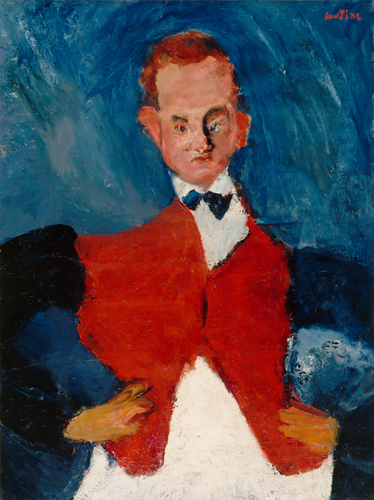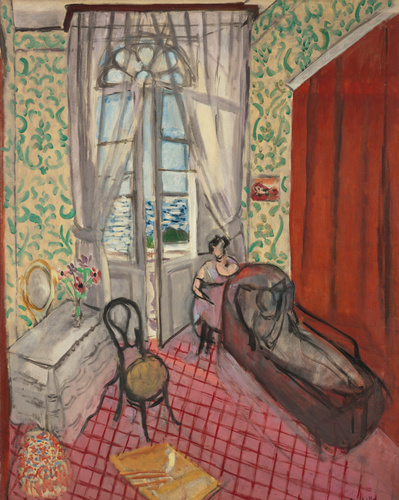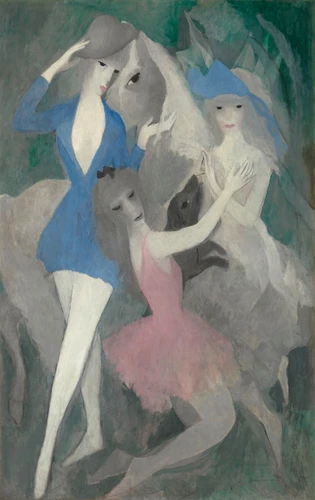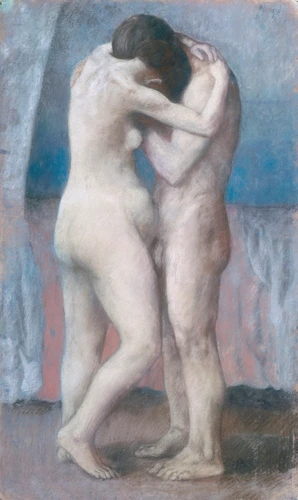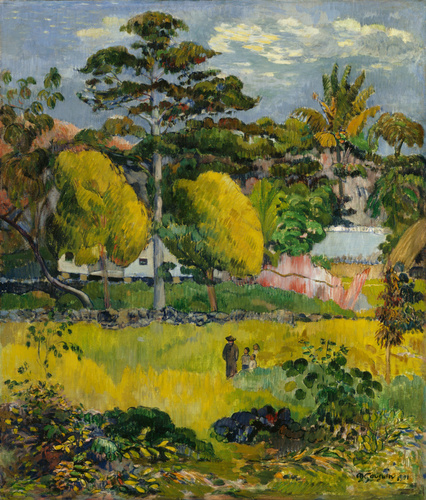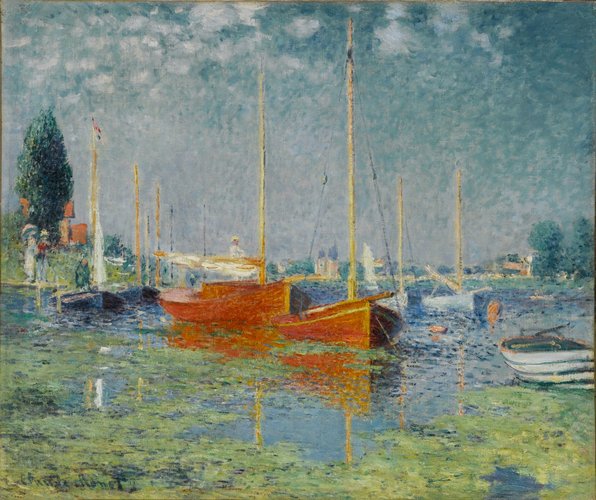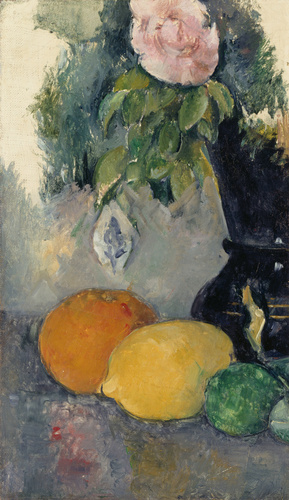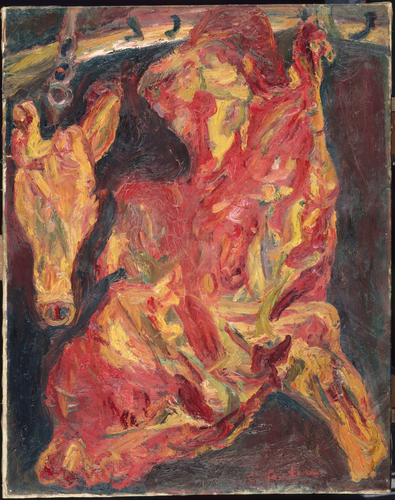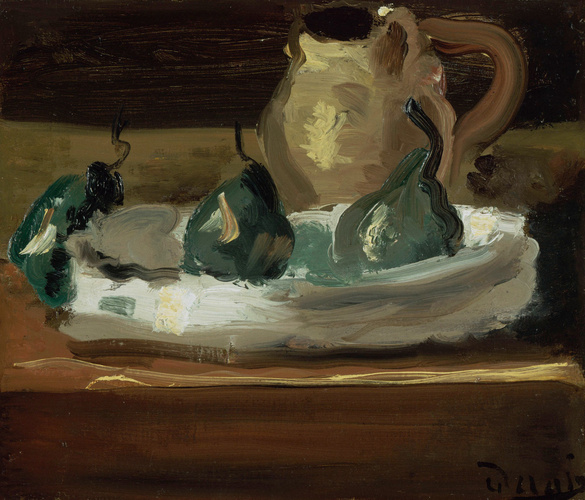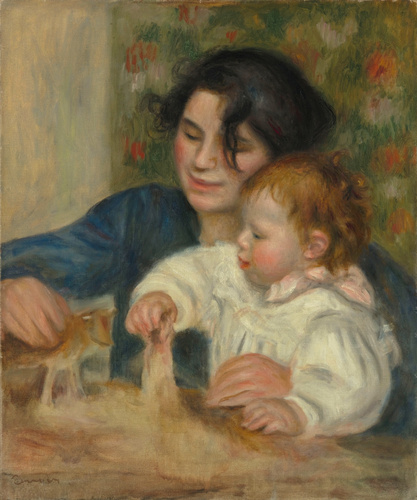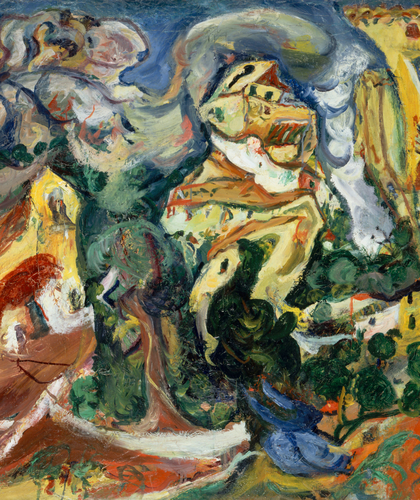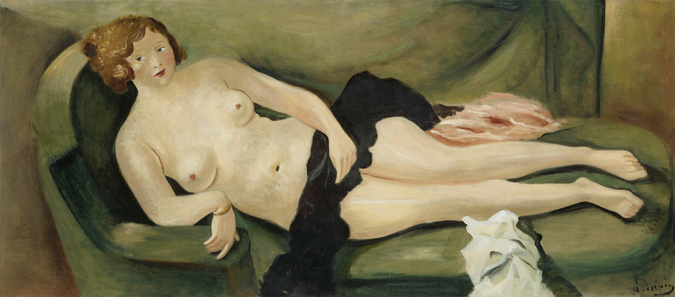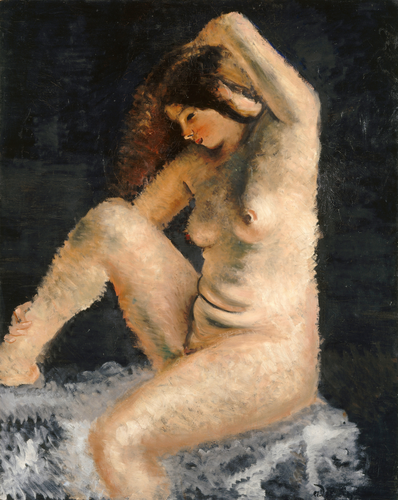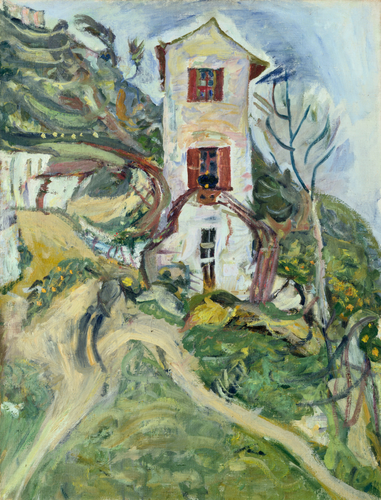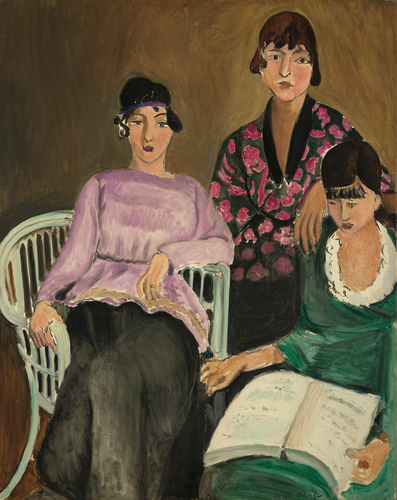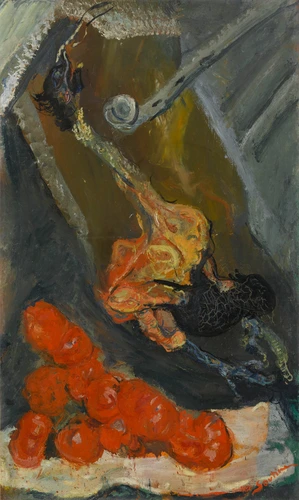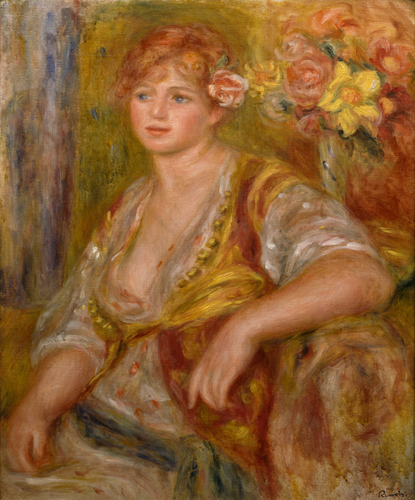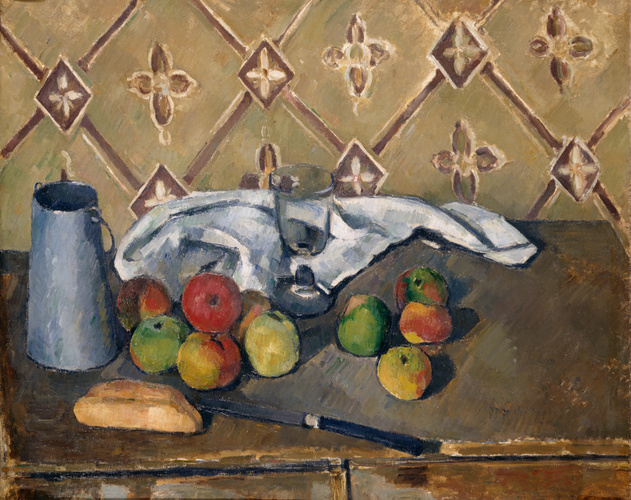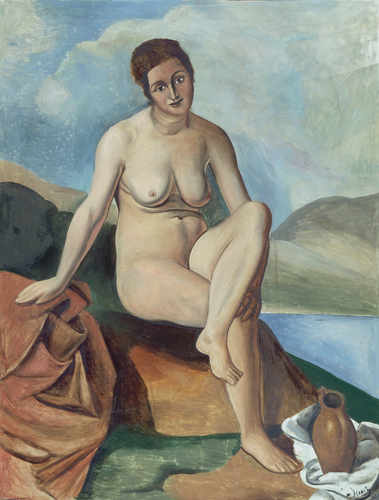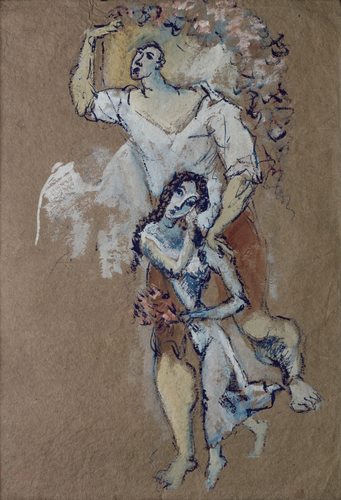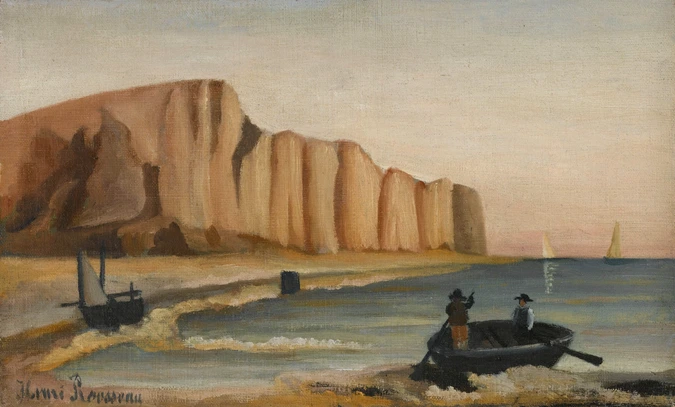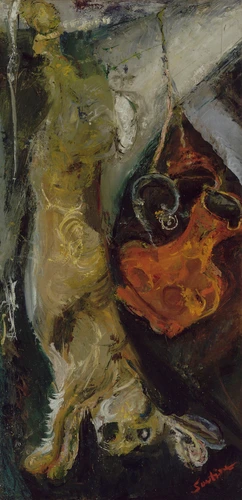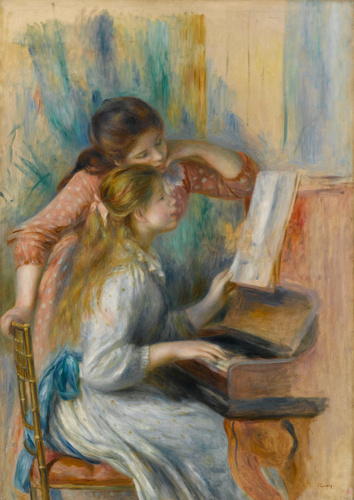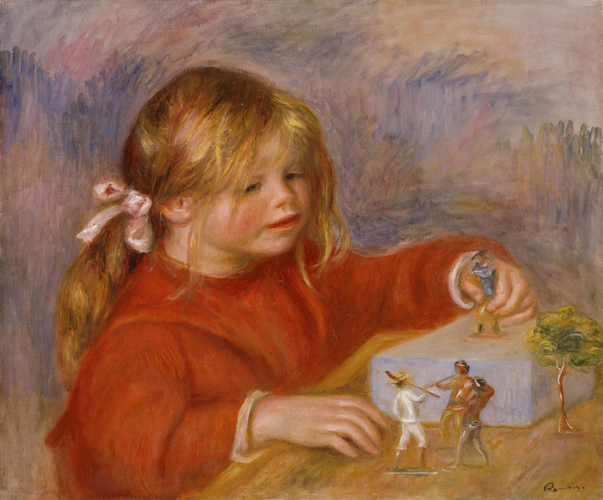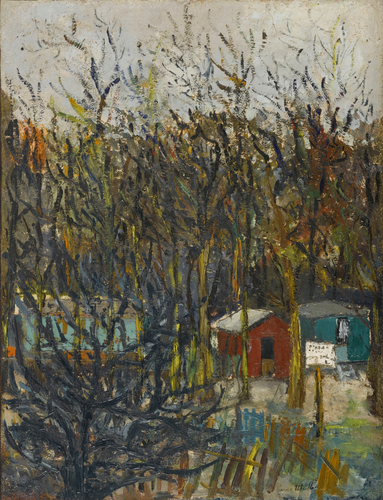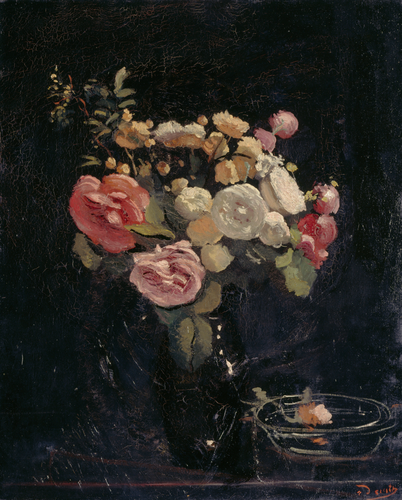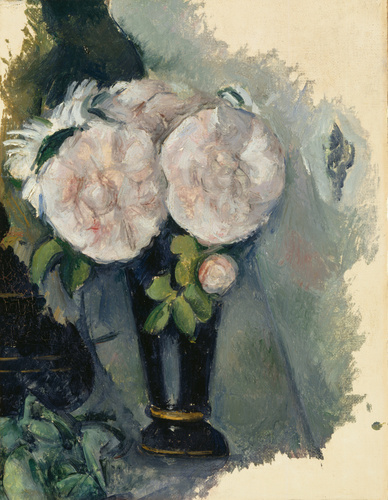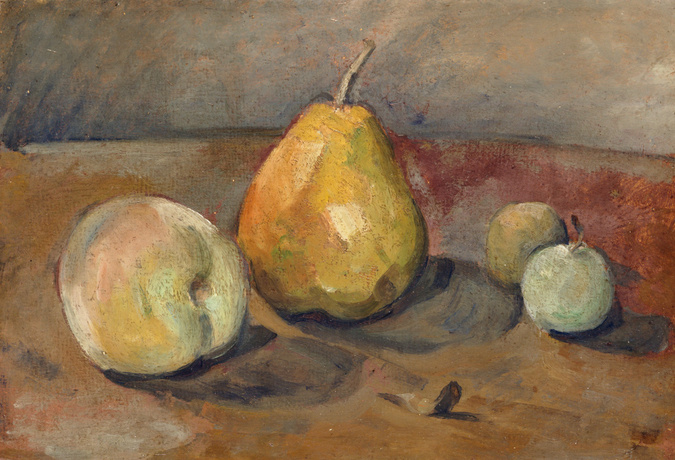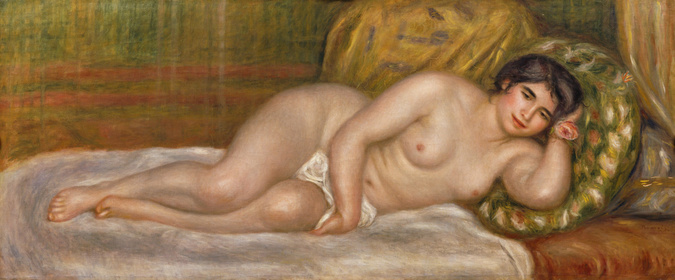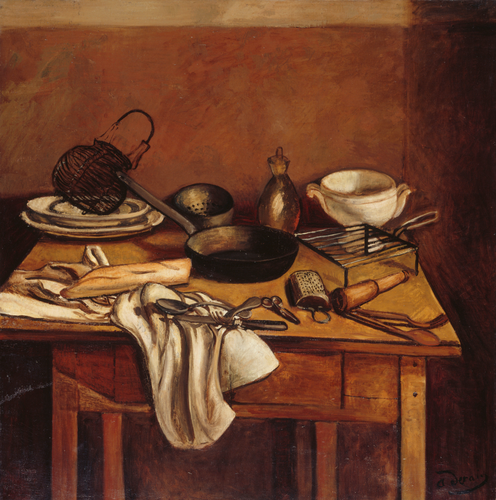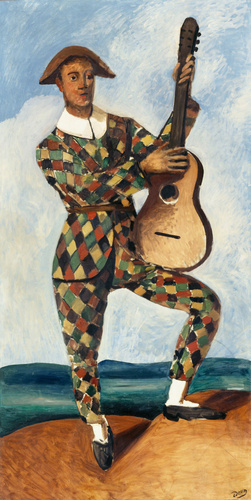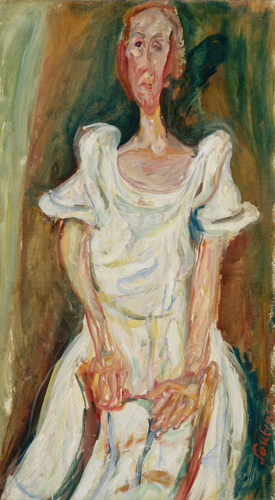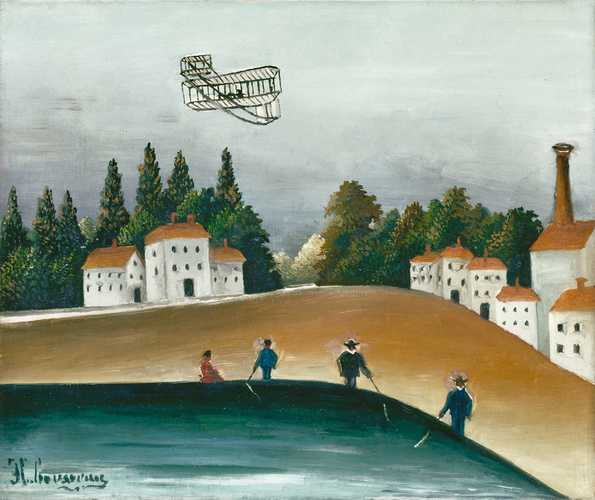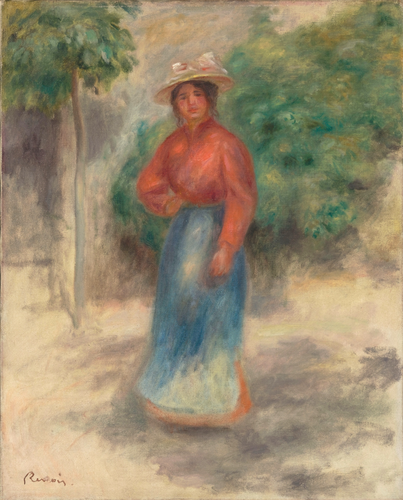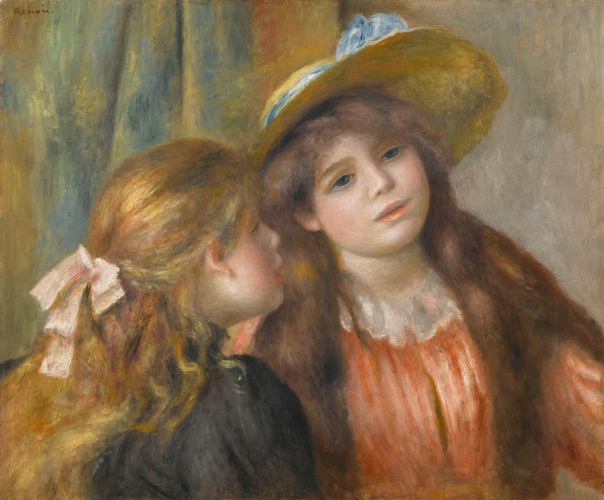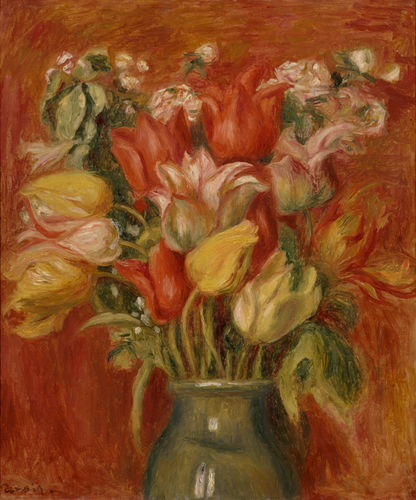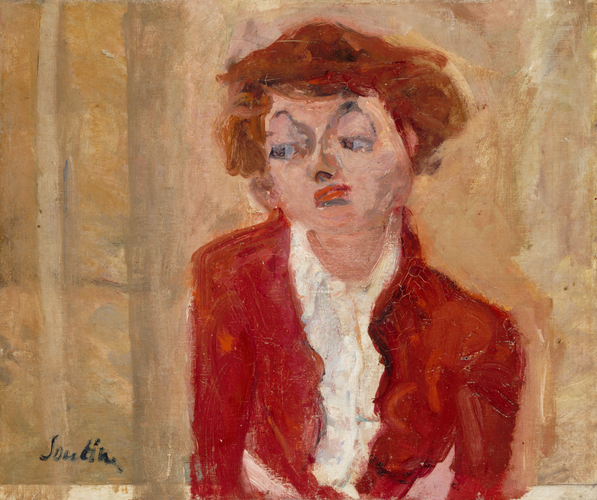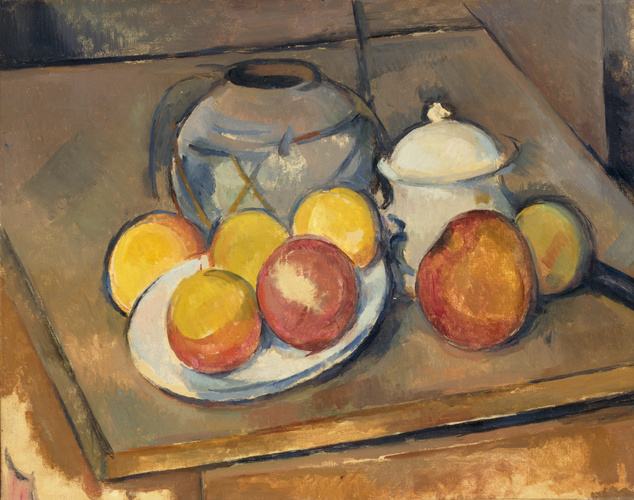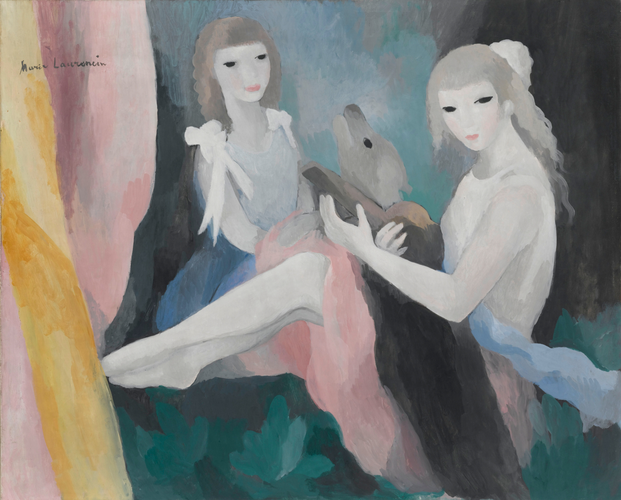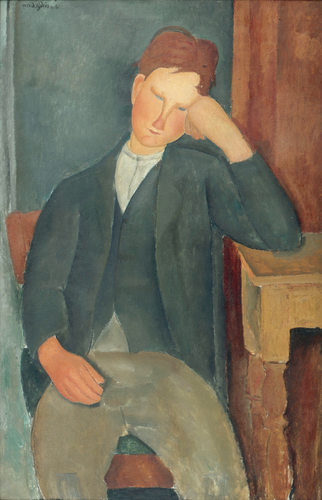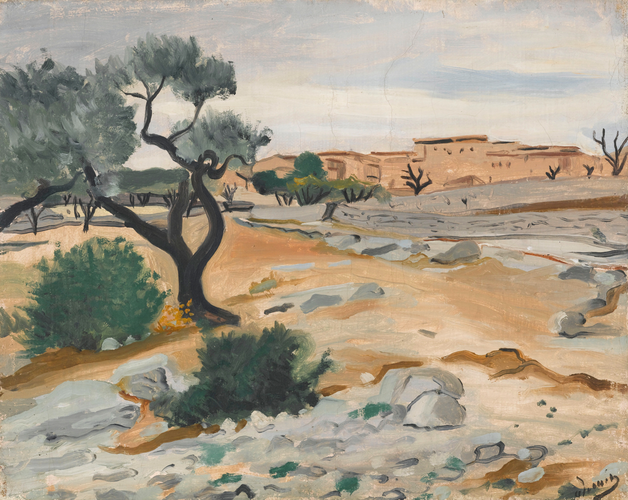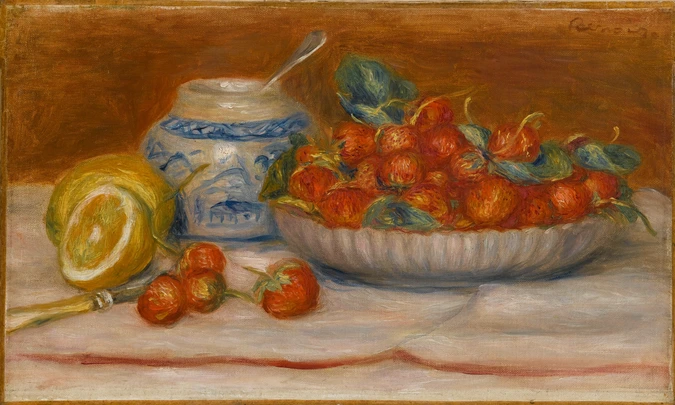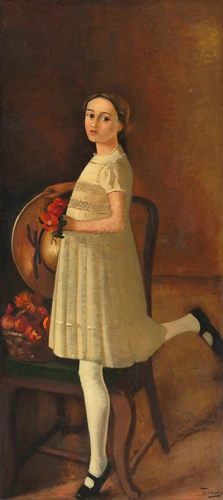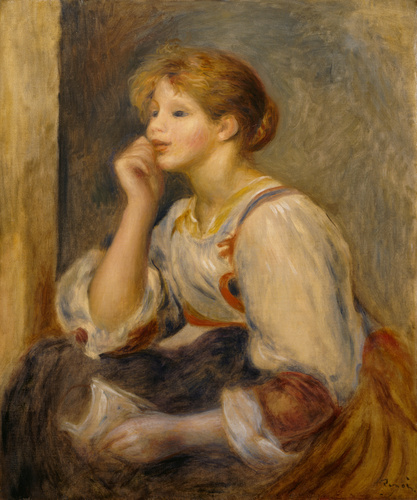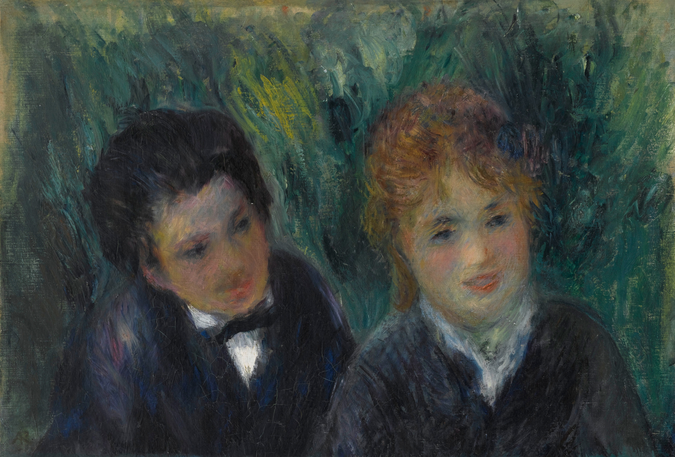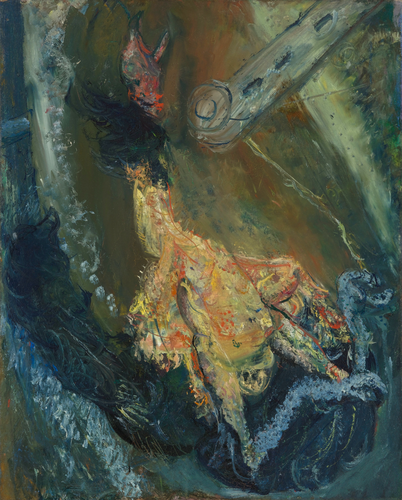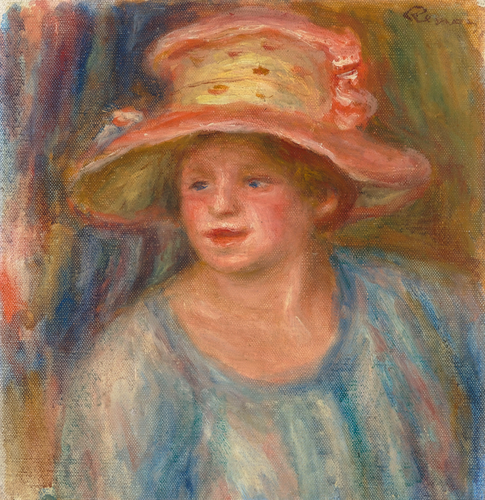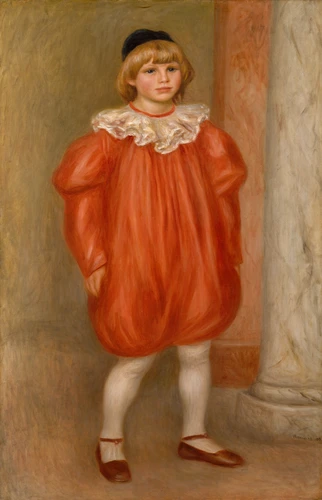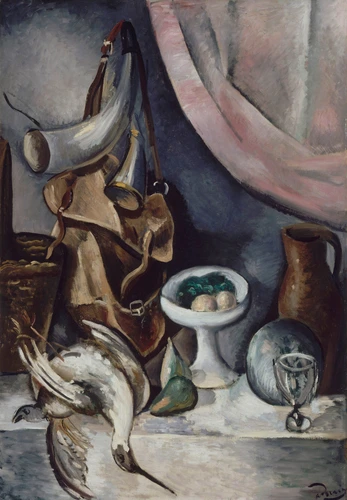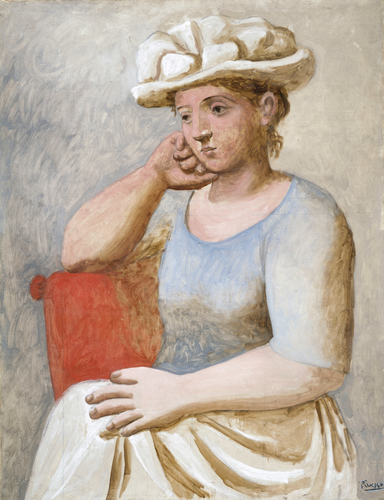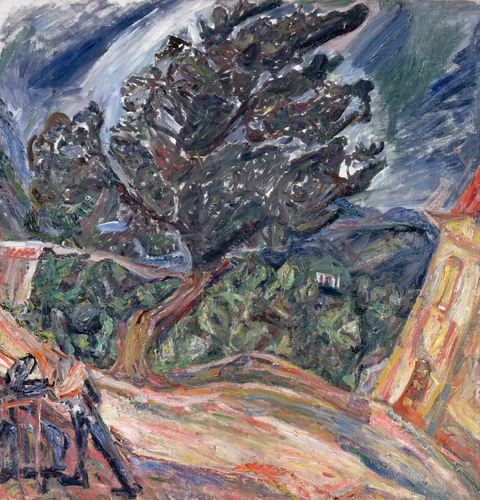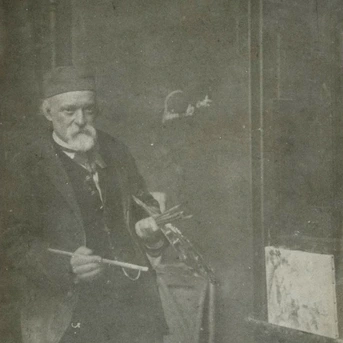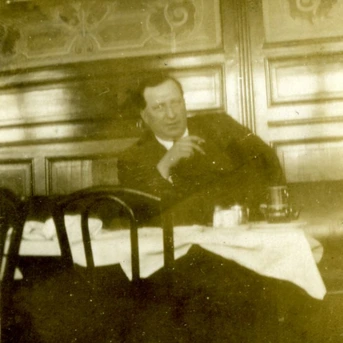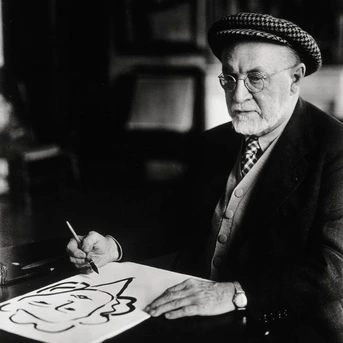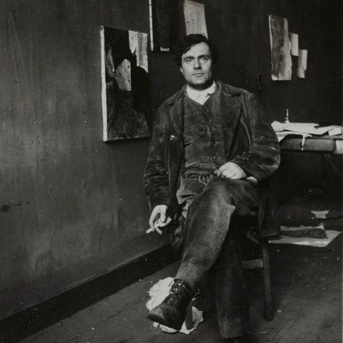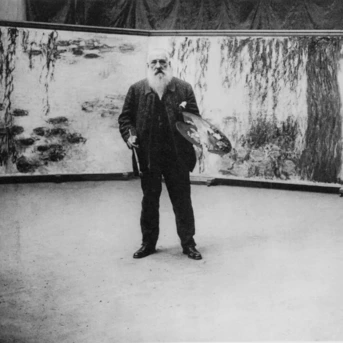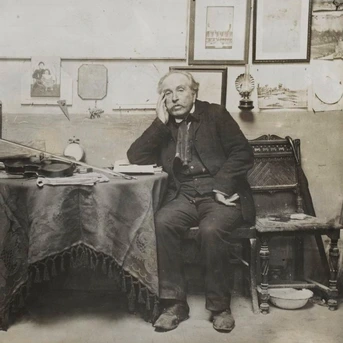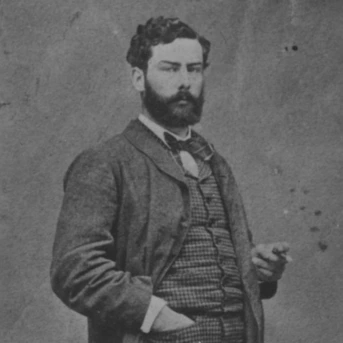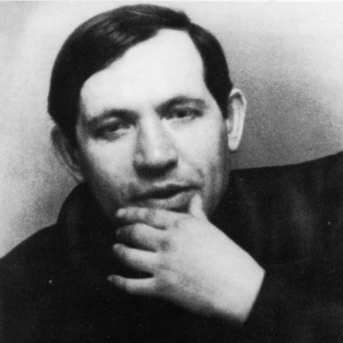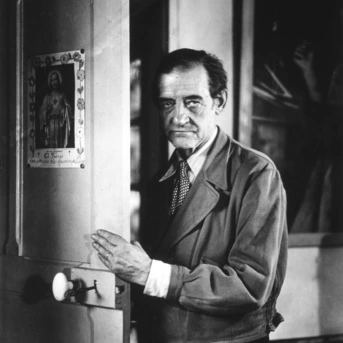Permanent collections - The Walter-Guillaume collection
Présentation actuelle
Le musée organise actuellement une importante exposition itinérante à l’étranger « Paul Cézanne et Auguste Renoir : regarder le monde. Chefs-d’œuvre des collections du musée de l’Orangerie ». Cette exposition mobilise les œuvres de ces deux artistes majeurs qui ne peuvent être vues en ce moment dans le musée. Elle contribue au rayonnement des collections de l’Orangerie tout en permettant à un public encore plus large de les découvrir.
Dans cette présentation renouvelée des collections, l'œuvre d'Henri Rousseau, grâce à deux prêts exceptionnels du musée d’Orsay, est mise à l’honneur.
History of the Jean Walter and Paul Guillaume collection
The Jean Walter and Paul Guillaume collection is one of the most wonderful European collections of paintings, bringing together 148 works from the 1860s to the 1930s.
The Jean Walter and Paul Guillaume collection was mainly put together by Paul Guillaume, a young passionate French art dealer. From 1914 to his death in 1934, he built up a rich collection of several hundred paintings, from impressionism to modern art, as well as African and Oceanian artworks. He became wealthy and well known, from Europe to the US, and died at the peak of his fame when he was considering opening a museum.
After his death, his widow, Domenica, married architect Jean Walter and transformed and reduced the collection, while acquiring new works. When the French state bought the collection at the end of the 1950s, she wanted to name it after her successive husbands. The collection was then displayed in the Musée de l'Orangerie.
Today, its impressionist works are made up of twenty-five paintings by Renoir, fifteen by Cézanne, one by Gauguin, one by Monet and one by Sisley.
As regards the twentieth century, the museum is proud to present twelve works by Picasso, ten by Matisse, five by Modigliani, seven by Marie Laurencin, nine by Henri Rousseau, thirty-one by Derain, ten by Utrillo, twenty-two by Soutine, and one by Van Dongen.
Acquisition of the Jean Walter and Paul Guillaume collection
The French state’s acquisition of the Jean Walter and Paul Guillaume collection in 1959 and 1963, subject to usufruct, gave the Musée de l'Orangerie its definitive appearance. Indeed, Domenica Walter (1898–1977), the widow of art dealer Paul Guillaume (1891–1934), then of architect and industrialist Jean Walter (1883–1957), fulfilled her first husband's desire to create « the first French museum of modern art » open to the public. The French state offered to exhibit the collection at the Orangerie.
Architect Olivier Lahalle led a second renovation project from 1960 to 1965. The exhibition galleries were removed and two levels on top of each other, running the entire length, were added to the building. An imposing staircase with a banister designed by Raymond Subes (1893–1970) replaced the entrance hall to the Water Lilies. It led to a series of salons Domenica wanted to display the 146 paintings in. The collection was publicly presented in 1966, inaugurated by France’s Minister of Culture André Malraux. Domenica Walter kept the paintings until her death in 1977.
A third renovation project took place from 1978 to 1984 to strengthen the building, refurbish the rooms, and permanently house the entire collection, named the « Jean Walter and Paul Guillaume collection », as Domenica Walter had wished. The Orangerie became an independent national museum, no longer overseen by the Louvre and the Jeu de Paume, whose impressionist collections were set aside for the future Musée d’Orsay.

